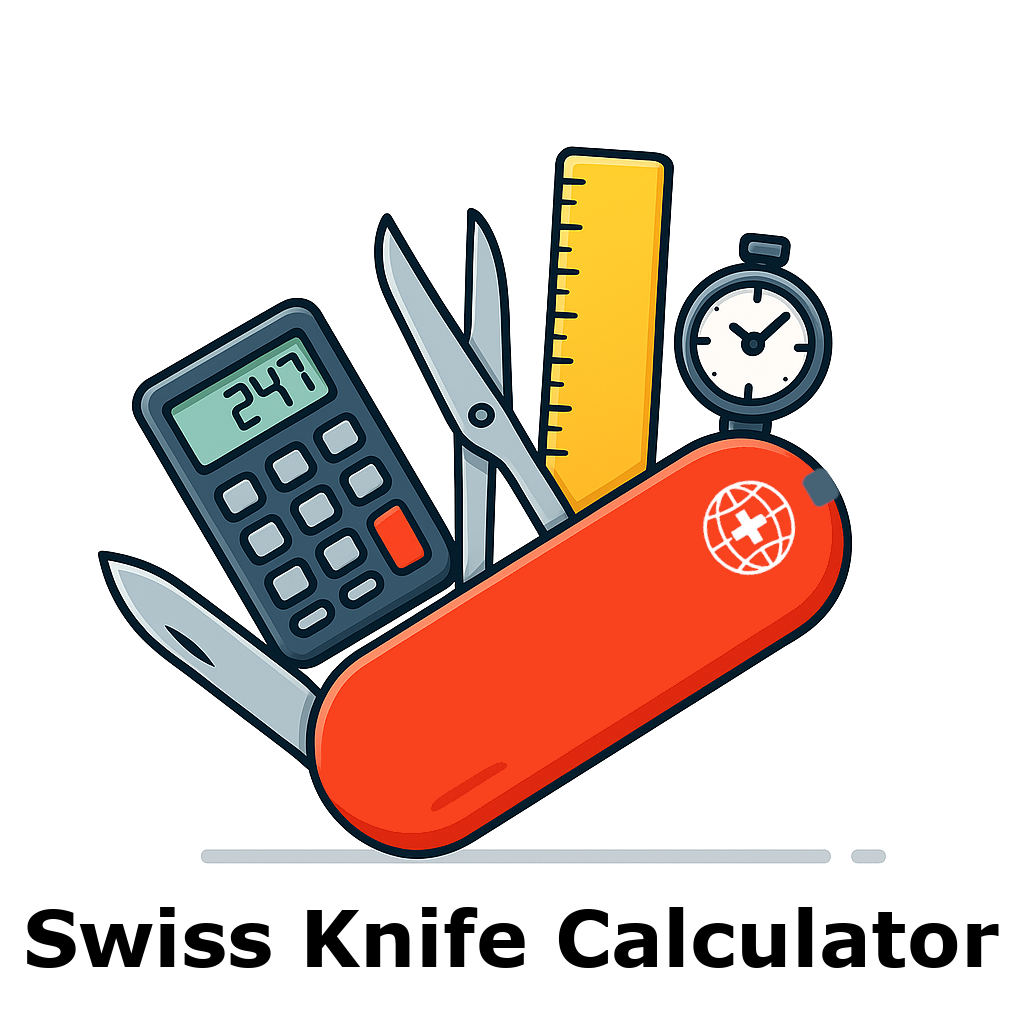Enter Your Conversion
Result
Converted: –
Scientific: –
Grouped: –
💾 Overview: Convert Bits, Bytes, and Beyond
This Information & Data Storage Unit Converter handles a wide range of storage and information theory units, including:
- Bits (b): The smallest binary unit (0 or 1).
- Bytes (B): 1 byte = 8 bits, standard for file sizes.
- Nibble: A group of 4 bits, often used in hex encoding.
- Nats: Units based on natural logarithms, used in entropy and continuous information theory.
- Shannon (bit): 1 binary decision unit; core to digital communication theory.
- Hartley: Based on log base 10; 1 Hartley ≈ 3.3219 bits.
- SI Units: kB (10³), MB (10⁶), GB (10⁹), TB (10¹²), PB (10¹⁵)
- Binary Units: KiB (2¹⁰), MiB (2²⁰), GiB (2³⁰), etc. — common in OS-level reporting
This tool automatically handles precision, scientific notation (e.g., 1.23 × 10⁶), and digit grouping for improved readability.
🧮 Formula & Methodology: How Conversions Work
Conversions use a two-step process via the bit as the base unit:
1. Convert source unit to bits: bits = value × factor_from 2. Convert bits to target unit: result = bits ÷ factor_to
Examples of unit-to-bit conversion factors:
- Byte → Bit: ×8
- Kilobyte (kB) → Bit: ×8000
- Megabyte (MB) → Bit: ×8,000,000
- Hartley → Bit: ×3.321928
Bytes from units:
B = bit: ÷8, byte: 1, kB (decimal): 10³, KiB (binary): 2¹⁰, MB (decimal): 10⁶, MiB (binary): 2²⁰, ...
This approach guarantees precise cross-conversion, even across theoretical units like shannons and nats.
📊 Example Conversions
- 1024 Bytes → Kilobytes (kB): 1024 × 8 = 8192 bits → ÷8000 = 1.024 kB
- 5 MB → GB: 5 × 8 × 10⁶ = 40,000,000 bits → ÷8 × 10⁹ = 0.005 GB
- 10 Hartleys → Bits: 10 × 3.321928 = 33.21928 bits
- 2048 KiB → MiB: 2048 ÷ 1024 = 2 MiB
🧠 Real-World Use Cases
- System Design: Convert memory specs like 16 GiB → GB to align hardware and marketing specs.
- Data Science: Use nats, bits, or shannons in entropy and information gain calculations.
- Storage Planning: Convert PB ↔ GB when planning backups or cloud migration costs.
- Programming: Convert between bytes, bits, and nibbles for low-level memory allocation.
- Media Compression: Analyze file size reductions across MB, MiB, and KB when optimizing video or audio.
❓ Frequently Asked Questions
What is the difference between a bit and a byte?
1 byte = 8 bits. A bit is the smallest data unit (0 or 1), while a byte stores a character or number.
Why do my OS and hard drive show different sizes?
Manufacturers use decimal prefixes (1 GB = 10⁹ bytes), while operating systems use binary (1 GiB = 2³⁰ bytes). This leads to apparent discrepancies.
What is a nibble?
A nibble is 4 bits (half a byte). It's used in hexadecimal representation and microcontroller programming.
What are shannons and nats?
Shannons are bits of information in binary communication. Nats are based on natural logarithms and used in continuous probability distributions.
Is MB always 1,000,000 bytes?
No. MB = 1,000,000 bytes in decimal (SI), but MiB = 1,048,576 bytes in binary. This tool supports both.
How do I convert GiB to GB?
Multiply GiB × (2³⁰ ÷ 10⁹) ≈ 1.0737. Example: 16 GiB ≈ 17.179 GB.
Why are scientific notation and grouped digits useful?
They improve readability for large numbers. E.g., 1.2 × 10⁹ vs 1200000000 — especially important in cloud and storage planning.
